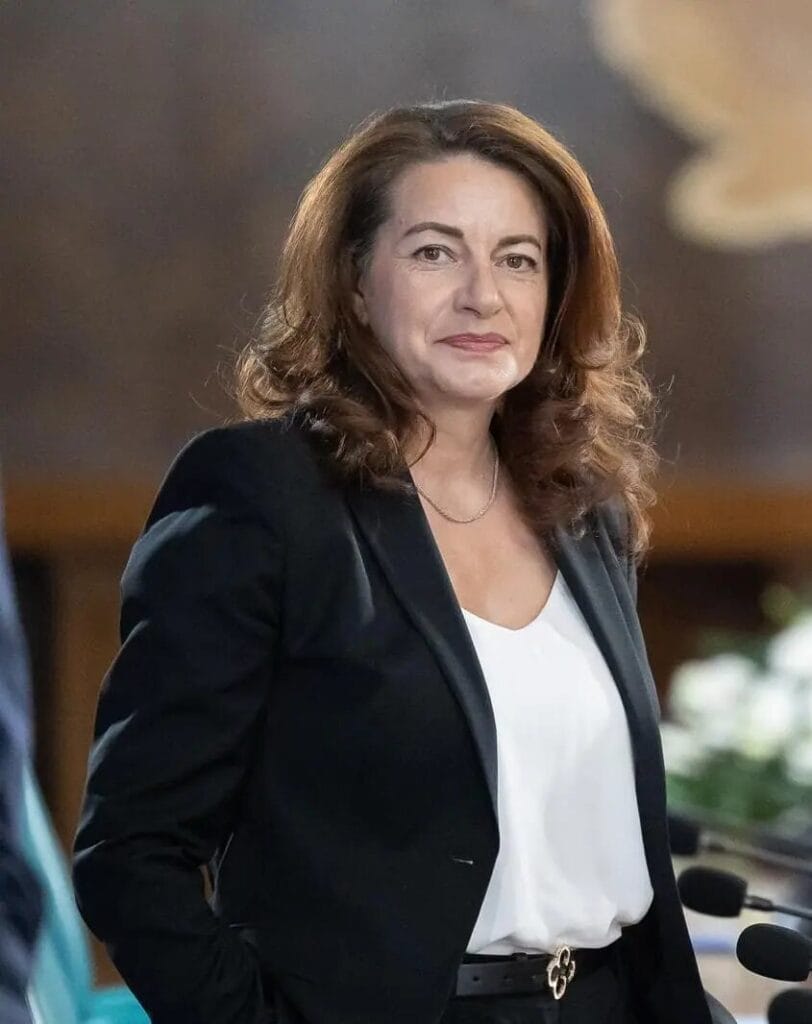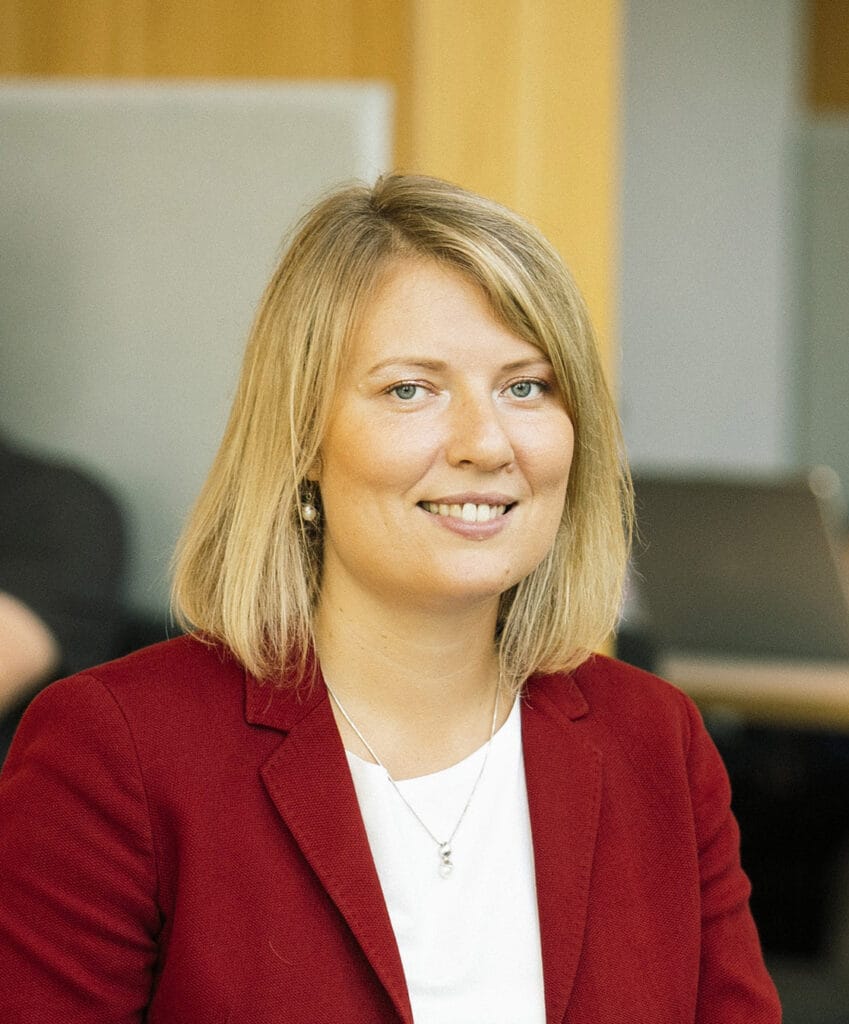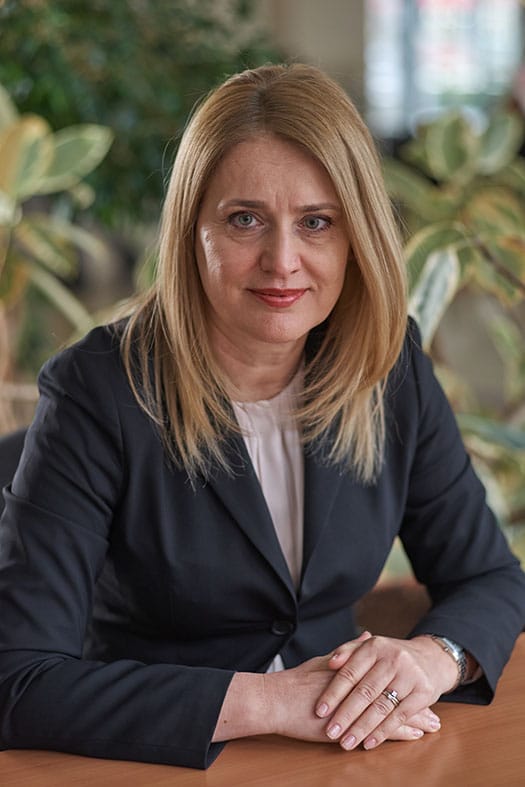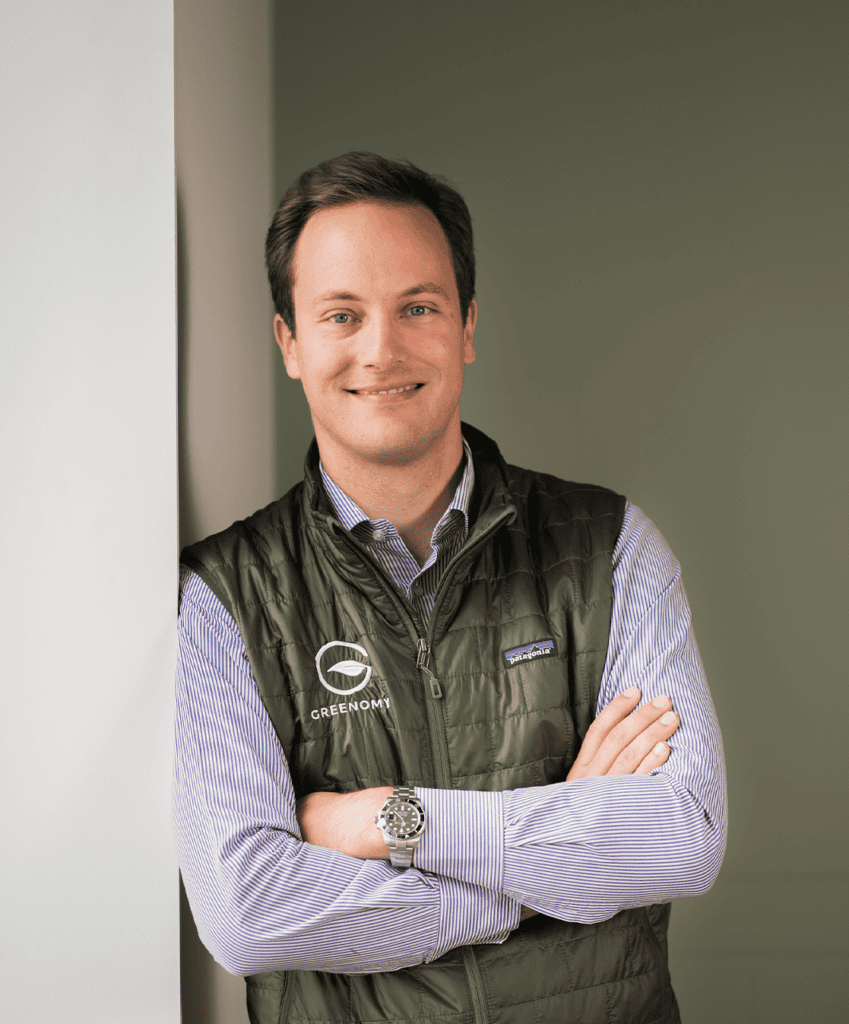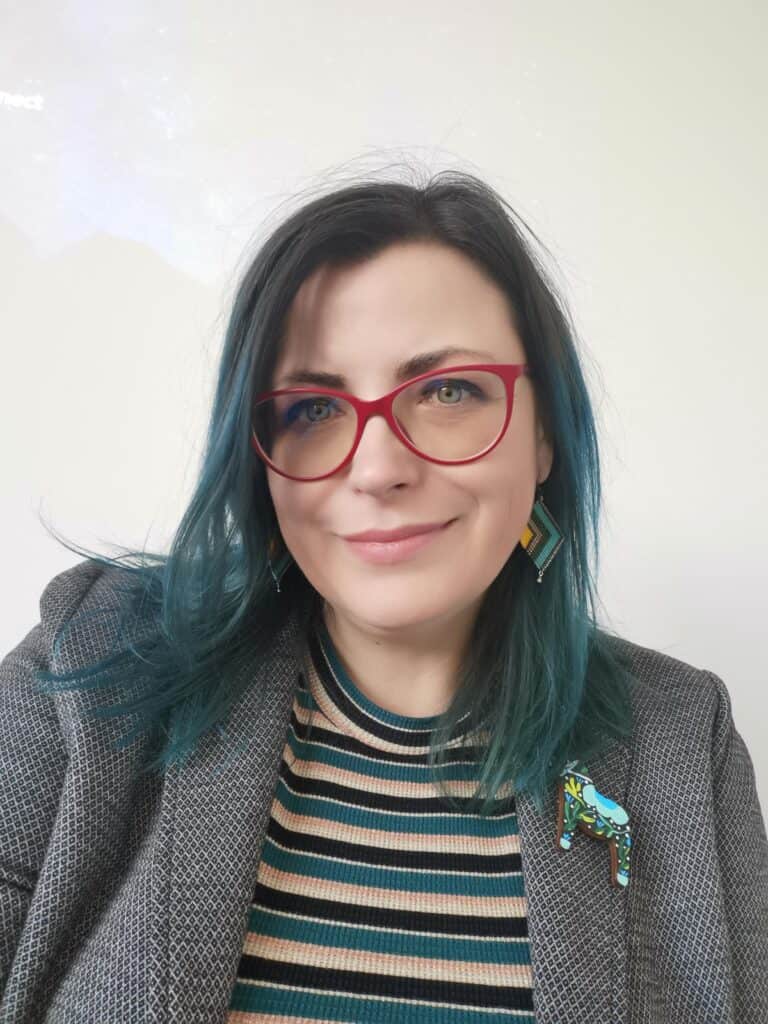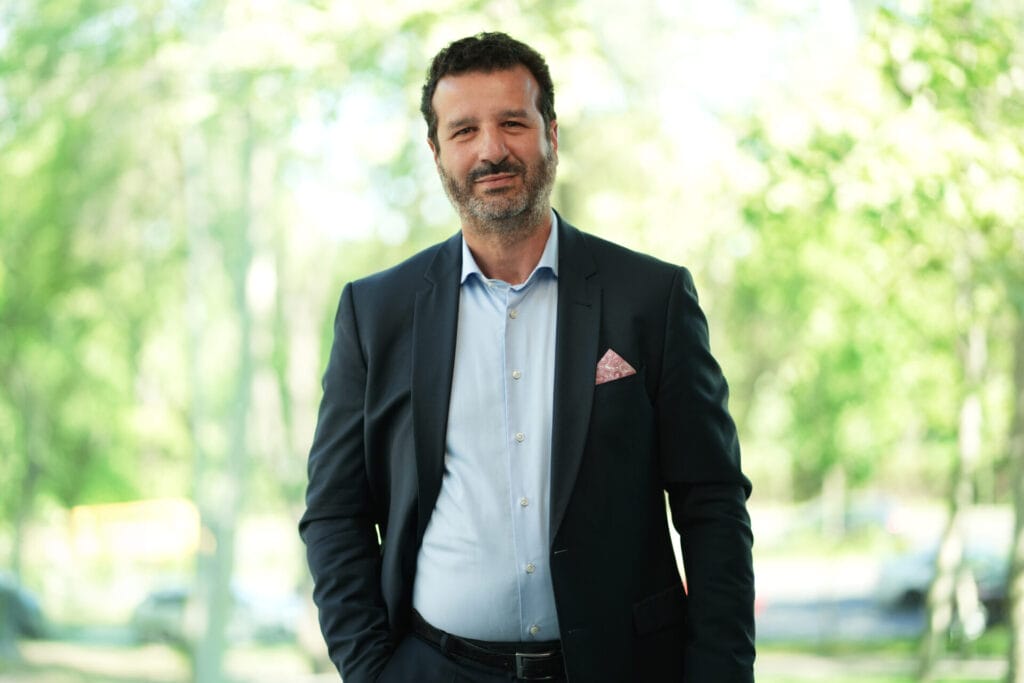Climate change has had a strong impact this year on agriculture in Romania through prolonged droughts and heatwaves. Additionally, in recent decades, the viticulture sector, a very important one for Romania, being the 7th largest wine producer in Europe in 2021, has been affected due to droughts and significant fluctuations in precipitation over the years. In Murfatlar, we have recorded an increase in average annual temperatures by 3-5 °C, uneven distribution of water resources, alternating drought years, such as 2001 and 2020, and rainy years like 2005, 2010, 2013.
Dobrogea represents a special case where droughts and desertification threaten one of Romania’s most productive and renowned wine regions. The Murfatlar Research and Development Center for Viticulture and Vinification has been managing climate data since the 1960s and provides us with insight into how climate change affects our native grape varieties and, consequently, the quantity and quality of native wines.
The vineyards of old Dobrogea stretch over approximately 17,000 hectares, being part of the viticultural region “Dobrogea Hills,” and encompass four vineyard areas: Sarica-Niculițel in the northwest, Istria-Babadag in the northeast, Murfatlar in the southeast, and Ostrov in the southwest (primarily dedicated to table grape cultivation).
As grape varieties for winemaking, the most commonly encountered are Fetească Regală, Fetească Albă, and Fetească Neagră. Although originally native to Moldova, these grape varieties consistently produce wines of exceptional quality in Dobrogea due to the local conditions and soils.
The Murfatlar Research and Development Center for Viticulture and Vinification, located in the vineyard area of the same name and with a history of over a century, serves as a promoter of progress in the field for the Dobrogea region. Since the 1960s, the centre has managed valuable databases concerning climate evolution, grape ripening data for various grape varieties in the area, grape and wine quality, and more. Based on this data, recommendations are made for selecting suitable grape varieties to plant here and for the application of optimal cultivation technologies.
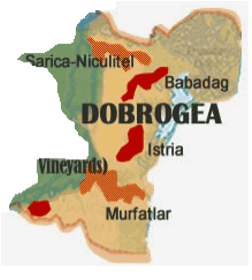
Climate changes and their impact on the vineyards in Dobrogea
Climate change already has a significant impact on agriculture, with viticulture being one of the vulnerable branches due to its dependence on weather conditions throughout the grapevine’s growing season, as well as the increasing duration and intensity of unfavourable weather events in this context.
The Murfatlar vineyard region is characterised by an excessively continental climate, marked by a pronounced contrast between winter and summer. The aridity specific to the Murfatlar viticultural centre, characterised by an average annual precipitation of 420 mm, of which only half falls during the growing season (April-October), is accentuated by the frequent winds encountered almost daily.
The analysis of the evolution of the main climatic parameters recorded in the Murfatlar vineyard area over a 30-year period (1992-2021) explains the changes observed in the developmental phenophases of the grapevine and the quality of the grapes, and consequently, the wines produced here.
The thermal regime is characterised by an increase in the average annual values compared to the multi-year average recorded in the 1970-1990 period, which was 11.5°C, by approximately 0.9°C. A notable jump was observed in the interval 2013-2020, during which the average annual temperatures ranged between 14.5°C and 16.4°C (Figure 1).
Lack of precipitation or uneven distribution throughout the year resulted in a pronounced water deficit in the following years: 1994 (-107.7 mm), 1999 (-55.5 mm), 2000 (-160.2 mm), 2001 (-219.9 mm), 2011 (-109.2 mm), 2019 (-124.6 mm), and 2020 (-168.1 mm).
Conversely, in numerous years within the analysed period, there was an excess of rainfall, with the highest values found in the years 2005 (+299 mm), 2010 (+274.3 mm), and 2013 (+291.1 mm) (Figure 2).

Fig. 1 – Evolution of the annual medium temperature, Murfatlar, 1992-2021 interval
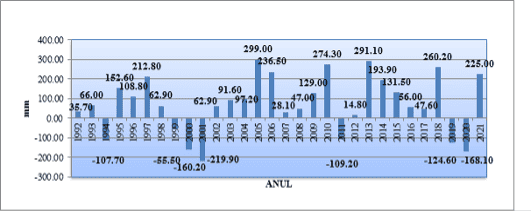
Fig. 2 – Annual water deficit and excess compared to the 420 mm average, Murfatlar, 1992-2021 interval
In Romania, the optimal sum of precipitation required for the physiological and biochemical processes of the grapevine is 250 – 300 mm (during the growing season). Within the Murfatlar viticultural centre, the average multi-year sum of precipitation (recorded in the 1970 – 1990 interval) during the growing season is 245.7 mm. In the study period of 1992 – 2021, the trend of precipitation values showed a decreasing tendency, especially after the year 2010, totaling quantities below the multi-year average in the years: 2011 (-199.9 mm), 2015 (-196.3 mm), 2016 (-221.8 mm), 2019 (-139.6 mm), 2020 (-161.7 mm). A pronounced water deficit was also recorded in the year 2000 when the precipitation during the growing season amounted to 220.0 mm.
As can be seen in Figure 3, precipitation had significant fluctuations until 2000, after which, in the subsequent years, their amplitude decreased, showing a descending trend.

Fig. 3 – Water deficit and excess during the vegetation period, Murfatlar, 1992-2021 interval
Are Romanian native grape varieties in danger? A study on Fetească Regală and Fetească Neagră
As representative grape varieties for the region, the native varieties – Fetească Regală and Fetească Neagră – were included in the study.
Regarding the evolution of grapevine phenophases (bud break, flowering, berry growth, veraison, and full ripeness), significant changes were observed in the last two phases, veraison and full ripeness, which occurred earlier. The difference in version timing between the first 10 years and the last 10 years of the study was 9 days for Fetească Neagră and 11 days for Fetească Regală.
Full ripeness of the grapes evolved differently based on the variety and was influenced by rising temperatures and an increased frequency of days with maximum temperatures exceeding 30°C recorded in the months of July and August.
Throughout the analysed period, Fetească Regală and Fetească Neagră reached full ripeness earliest in the first decade of September, 7-10 days earlier than the 1970-1990 interval. For the Fetească Regală variety, the average date of full ripeness realisation was September 16-17 in the 1992-2011 interval and around September 8 after 2012. For Fetească Neagră, the average date of full ripeness was recorded around September 21-20 in the 1992-2011 period and around September 10 after 2012.
As for the harvest date, both varieties show a decreasing trend: by 12 days for Fetească Regală – from an average date of September 24 in the 1992-2001 interval to September 12, the average date in the 2012-2021 interval, and by 6 days for Fetească Neagră – from September 22, the average date in the 1992-2001 interval, to September 16, the average date in the 2012-2021 interval (Figures 4 and 5).
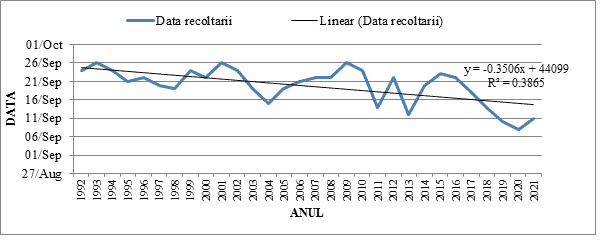
Fig. 4 – Harvest dynamics of the Fetească Regală grape variety within the period 1992-2021
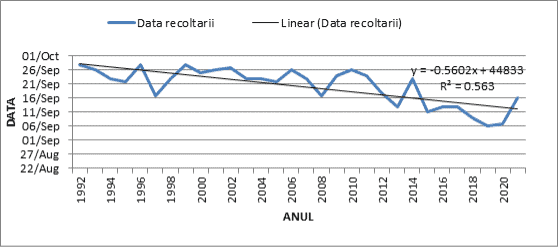
Fig. 5 – Harvest dynamics of the Fetească Neagră grape variety within the period 1992-2021
Regarding the quality of grape productions, until the year 2012, the concentration of sugars in grapes averaged below 210 g/l. In the case of the Fetească Regală variety, the sugar concentration at harvest increased, reaching a peak of 221.4 g/l in 2015. Similarly, for the Fetească Neagră variety, sugar accumulation showed a tendency to increase towards the end of the study period. Grapes accumulated a higher sugar concentration, reaching values above 240 g/l (in 2019 – 257.4 g/l sugars and in 2020 – 256.4 g/l sugars), enabling the production of wines with a potential alcohol content exceeding 14% vol. Alc.

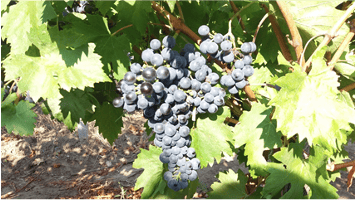
The coming decades will bring challenges to the wine sector in Dobrogea and Romania
In conclusion, at Murfatlar, we are witnessing an increase in average annual temperatures by 3-5°C, an uneven distribution of water resources, with drought years recorded such as 2001 (-220 mm) and 2020 (-168 mm) compared to an average of 420 mm, and rainy years like 2005, 2010, 2013 with an excess of over 270 mm. Already, Dobrogea is one of the most affected regions in terms of aridification in Romania.
Although in most study years, the total values of precipitation during the growing season were higher than the multi-year average of 245.7 mm, there are periods of excessive rainfall alternating with exceptionally dry periods, especially in the months of July and August. This has influenced an early onset of veraison and an advancement of full grape ripeness by up to 12 days – September 8-10 instead of September 16-20.
Sugar accumulations in grapes have increased by approximately 40 g/l, favouring the production of wines with high alcohol content (over 14% vol. alc.) or with residual sugar (semi-sweet, sweet, and fortified wines).
All these factors pose a challenge for Dobrogea’s viticulturists and winemakers, requiring the selection of the best grape varieties and technological solutions to maintain grape quality, compensate for the lack of wine acidity, halt fermentation while preserving residual sugar, and more.
Senior Researcher Grade I and Director of the Murfatlar Vine and Wine Research and Development Station (SCDVV), specialised in grapevine variety improvement and ecological technologies. Holds a PhD in Ecology and Environmental Protection from the University of Bucharest.
Article first published on InfoClima




